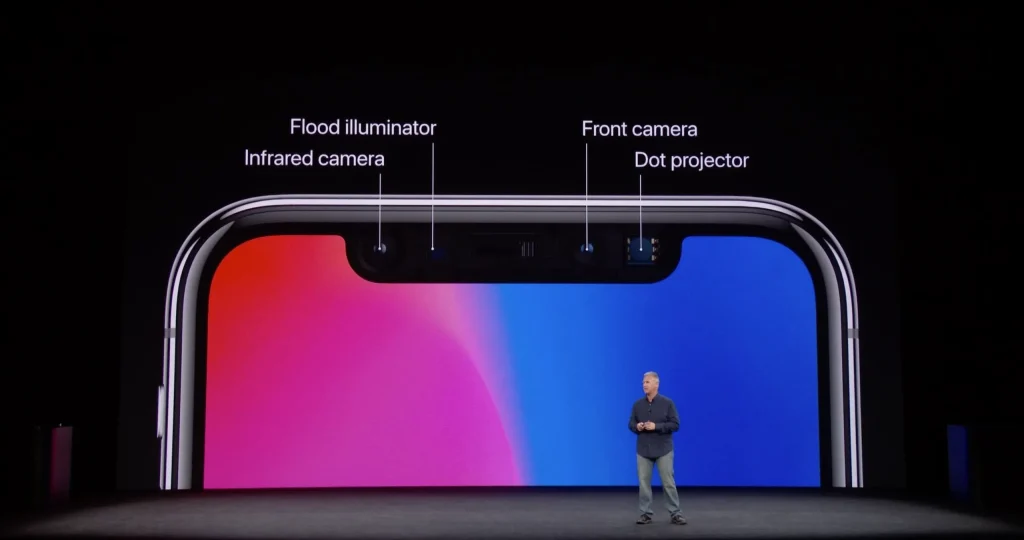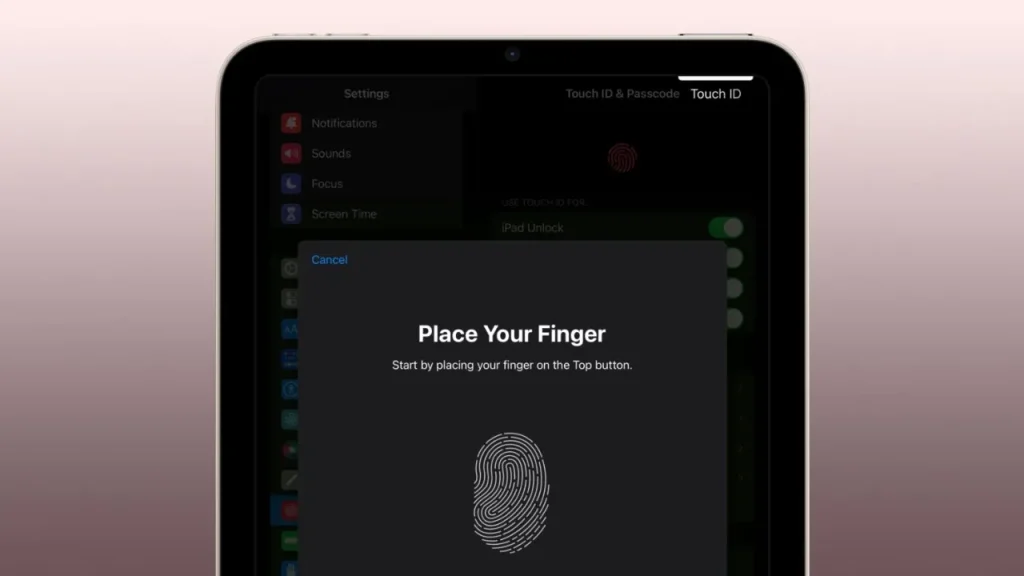
Apple’s Breakthrough in Embedding Face ID in Displays
Apple might be on the verge of achieving a long-awaited milestone in smartphone design: embedding Face ID directly into the display. And this could mean that future iPhones don’t have to have notches or cutouts on them, meaning we get a seamless, uninterrupted screen. Apple’s approach to the thorniest obstacle to this idea, transmission of infrared light through a display, is revealed in a newly granted patent.
That single slab of glass has been Apple’s goal for years; it was once the dream of former design chief Jony Ive. The front-facing camera could eventually be embedded into the display, but getting Face ID in there first is closer to implementation. Apple’s latest patent would seem to indicate that it’s on the cusp of turning this vision into a reality.
The Challenges of Embedding Face ID
The primary hurdle in embedding Face ID has always been infrared light. Infrared sensors used by Face ID to map a user’s face are blocked by most of the infrared light by traditional displays, resulting in a slow, unreliable system. First, Apple tried to deactivate pixels to improve infrared transmission, but it turned out too complicated and inconsistent.
The newly granted patent outlines a simpler and more effective solution: specific subpixels from the display are removed. Individual light emitters (red, green, and blue) composing the colors on a screen are called subpixels. By way of selectively cutting some of these subpixels, Apple is able to create small enough gaps for infrared light to get through while retaining display quality.

How Apple’s Patent Solves the Problem
The way that Apple avoids this is by removing subpixels in a way that is virtually undetectable to the human eye. One example is that if you remove a red subpixel, the neighboring pixel’s red subpixel will then provide a compensation, so that the color output will still be the same. This allows infrared light to reach all of the Face ID sensors without breaking visual continuity from the display.
The patent also suggests eliminating some of the mesh and wiring encircling the subpixels. By doing so, Apple can further enhance the transmission of infrared light, improving the speed and accuracy of embedding Face ID. The gaps would be sub pixel sized, so they wouldn’t affect touch functionality, leaving the display as responsive as before.

A Step Toward the Ultimate iPhone Design
With elimination of the need for notches or cutouts, implementing that philosophy of simplicity and elegance fits in with Apple’s design philosophy. The introduction of embedding Face ID into the display would mean a cleaner, more immersive screen experience for users. In addition, this would shrink the size of the Dynamic Island to the single camera punch hole.
And rumors have them being the first iPhone 17 lineup to roll out with this technology. Reports claim that one model could have a smaller cutout display than others, though it’s likely the iPhone 17 Pro Max. If true, embedding Face ID beneath the display would be the most logical way to achieve this.

The Road Ahead for Apple’s Innovation
While this patent brings Apple closer to embedding Face ID, it’s important to note that patents don’t always translate to immediate product features. A lot of the same predictions were made for the iPhone 15 and 16 but didn’t come to pass. But with each iteration, this feature becomes more and more likely given that Apple’s designs have continued to increase consistently.
Speculation is also fueled by the fact that the iPhone 17 Air, which Apple is rumoured to be working on, is supposed to be centered on getting its hands on the most streamlined look possible. Reducing the Dynamic Island to a tiny punch-hole aligns perfectly with this goal, making the Air a potential candidate for debuting embedding Face ID.



